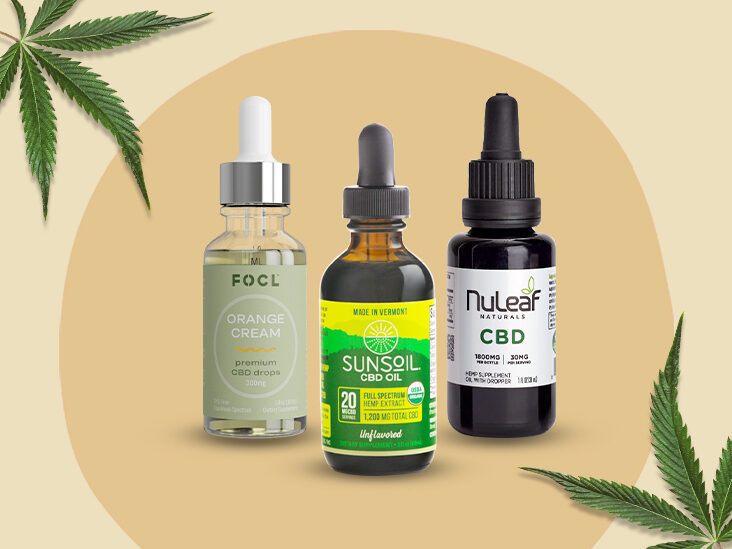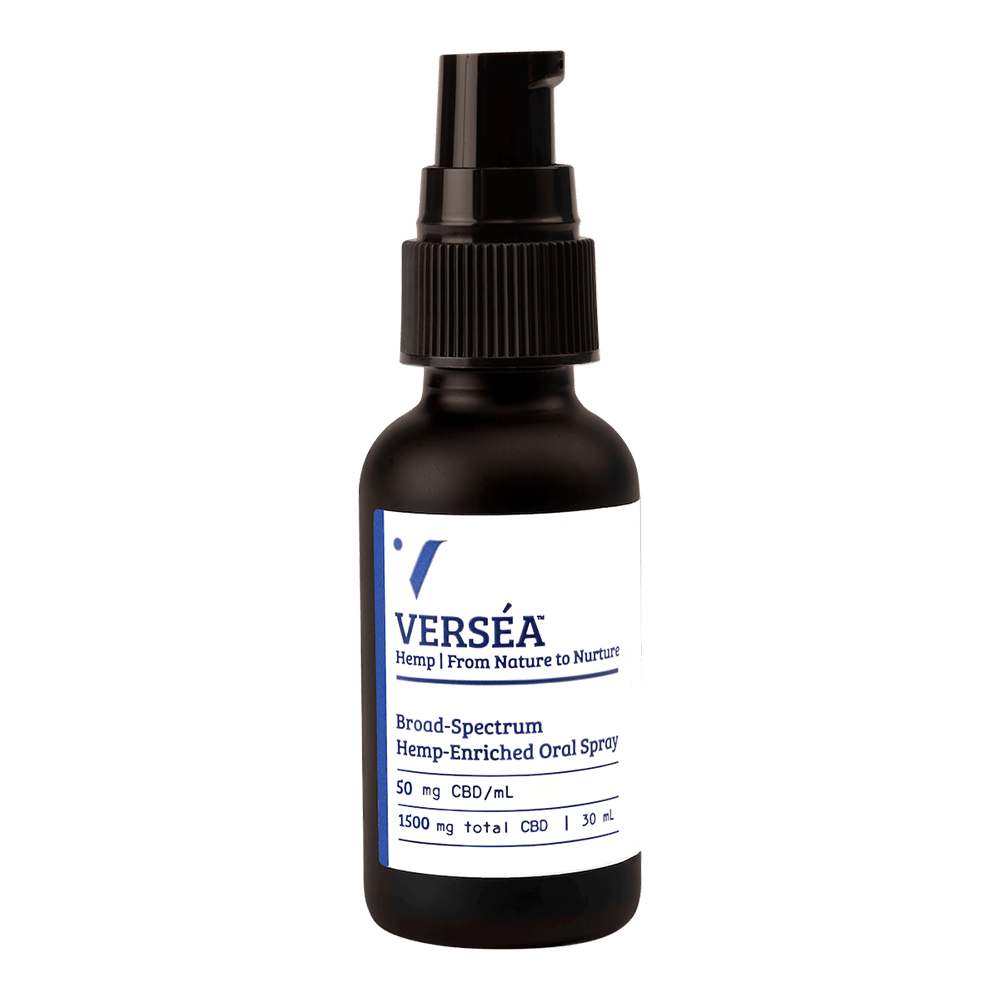
Hemp is rich in organic matter. It decomposes and releases large quantities of organic matter to the soil throughout its life cycle. The high leaf turnover rate helps reduce evaporation as well as water loss. It acts as mulch to protect soil structure. The plant also decomposes its stalks before being harvested for processing.
Cannabis sativa
Cannabis sativa cannabis hemp is one among the fastest-growing plant on Earth. It is used in both medicinal and industrial purposes. Many products are possible from hemp including paper, rope, and clothes. Hemp can be used for biofuel, as well as being fast-growing. It is also one among the most popularly cultivated plants. Hemp can be fast-growing and it is easy to grow in your own backyard.
Cannabinoids are important bioactive compounds found in cannabis sativa hemp. These compounds have been found to have anti-inflammatory and anti-oxidant properties. They are also capable of preventing wrinkles and fine lines. They also help to strengthen the skin barrier and prevent bacteria from building up on the skin.
Hemp is legal in the United States but it's still a popular agricultural crop. Hemp is among the oldest cultivated plants. The plant contributes significant fiber and seed to textiles as well as other industrial products. The oil and seeds of the plant are rich in essential nutrients and omega fatty acid.

It is a useful ingredient in skin care products. It is high in nutrients and has antioxidant properties. It is a well-known beauty and food ingredient. In recent years, its use in skincare products has increased dramatically. The oil is often used to soothe skin and improve complexion.
Cannabis sativa can be described as a crop that has high genetic variability. It is interfertile, which means that varieties are highly diverse. Although many cannabis varieties are identical, they differ in their phenotypic as well as genotypic characteristics. It is crucial to know the difference between different strains.
The legal limits for psychoactive THC in Cannabis sativa have made genetic studies difficult. However, recent research has improved genetic methods for cannabis sativa. Researchers have developed a method of extracting embryos from seed and improved DNA extraction. The method yielded DNA from individual Cannabis Sativa embryos at levels that were similar to those extracted from leaves. This DNA was then used as a basis for molecular characterization of SSR.
The Cannabis sativa flower has many positive components. It has been grown around the world for centuries. It has been used as a fuel source, food, nutritional supplement and building material. Its fibres could also be used in textiles and rope. In 1938, Popular Mechanics magazine highlighted the economic value of hemp and reported that 30,000 different products were made from hemp fiber.
Although cannabis and hemp are very similar in their properties, they are two different species. The only thing that makes them different is the amount THC they contain. The marijuana plant contains more THC, whereas hemp contains much less THC. They have many different uses and are frequently confused. Both are used for medicine, and the other for food and fiber.
Hemp seed oil is high in omega-3 and 6 fatty acids. They nourish and protect the skin from environmental stresses. They help maintain the skin's natural moisture balance and prevent dryness. They can also reduce redness and irritation. They are suitable for all skin types. Also, the cannabis sativa seeds oil contains gammalinolenic Acid, which is excellent for skin health.

Hemp, a close relative of marijuana, is also known as hemp. It is made from distinct Cannabis sativa varieties and can be used in many different products. Hemp-derived products contain very little THC and do not give the person who uses them a "high".
Industrial hemp is one among the oldest cultivated plants. It has been used for thousands years as a food, fiber and medicine. Hemp cultivation began in China around 2700 BC and has spread to Asia. Hemp was mainly used as a fiber crop, until the beginning of the 1900s. Because of competition from other plant fibrils, however, hemp usage has decreased.
There is a wide range of amounts of phytocannabinoids contained in hemp seed. These phytocannabinoids are limited in hemp seed due to strict guidelines. This is done to protect consumers. Phytocannabinoids are typically restricted to 10 mg per gram of hemp seed.
FAQ
Which states have the highest CBD intake?
California, Colorado, Oregon, and Washington are the three top states. These states have large numbers, high incomes, and low rates of unemployment. They also have higher concentrations of hemp farms than other states.
California leads the pack because its economy heavily depends on agriculture. California produces a lot of the country's fruits, vegetables. This makes sense since cannabis is derived from the same plant as hemp.
Oregon and Colorado are close behind, as they both grow marijuana for medical purposes. These two states, however, do not permit the recreational use of marijuana, as California does.
Other states that rank high include Washington, New York. Florida, Illinois. Pennsylvania. Mississippi.
Can I use CBD during pregnancy?
There isn’t enough research available to confirm that CBD is safe to be used during pregnancy.
It is not possible to prove that CBD causes harm to the baby, based on what little information there is.
Pregnant mothers should not consume CBD unless it is recommended by their doctor.
In fact, the Food and Drug Administration recently issued a warning about potential risks associated with taking CBD while pregnant.
FDA stated that there was evidence that marijuana use during pregnancy might increase the risk for miscarriage.
The agency said that more research is needed to reach a firm conclusion.
Which countries produce CBD with the highest quality?
The United States produces the majority of CBD products.
Canada, Australia New Zealand, Israel, and New Zealand all produce high-quality CBD products.
Is there a saturation in the CBD market?
CBD industry has a growing rate of 25% annually. This growth is expected continue for at most five more years. In fact, the industry is projected to grow from $2 billion today to $5 billion by 2020.
Two companies are currently dominating the CBD market - GW Pharmaceuticals & Canndoc Ltd. Both companies focus on developing high-quality pharmaceutical-grade products. They have not been very effective so far. Both are struggling to gain traction on the market.
Cannabidiol is an extract of cannabis with less than 0.3% CBD. It doesn't produce any psychoactive effects. It can be used to treat epilepsy or other medical conditions. It is often used as an dietary supplement.
There are many different types of CBD products available. Some CBD products are made from whole plant extracts while others contain CBD.
These products share one common feature: they all contain low levels of THC.
They are therefore legal under US federal law. However, this doesn't mean that you don't need to follow local laws when selling CBD products. Always check your state's laws regarding CBD products.
In addition, there are several states where CBD products are illegal. These are California, Colorado. Florida. Mississippi. Missouri. New York. North Carolina. Ohio. Oklahoma. Oregon. Rhode Island. South Dakota. Texas. Utah. Virginia. Washington.
CBD products shouldn't be used if you live in any of these states.
How much CBD do I need?
The type of product that you're buying determines how do you decide to do it.
Most CBD oils come in strengths ranging from 100mg to 1,000mg per bottle.
Some CBD products are made with precise dosages.
Charlotte's Web, for example, makes CBD products that contain precise amounts of CBD.
You can start slowly if you aren't sure if CBD will work for your needs.
You can always climb higher.
Is there any evidence that CBD helps with anxiety?
CBD oil is an effective treatment for anxiety. This happens because it interacts to certain brain receptors called CB1 (and CB2), respectively. The endocannabinoid (Endocannabinoid) system regulates mood, stress and responses.
Our bodies activate the CB1 receptor when we feel anxious. This receptor activates and sends signals to amygdala which is responsible for emotional processing.
The CB1 receptor can be blocked so that the amygdala does not receive the signal it needs to process emotions. CBD users experience less negative emotions.
A study published in 2017 showed that CBD reduces anxiety in patients with social phobia. Another study concluded that CBD had a positive effect on symptoms of PTSD.
An 2018 review found that CBD is anxiolytic and can help with generalized anxiety disorder.
Another review suggested that CBD might also reduce panic attacks.
However, numerous studies have shown CBD to increase anxiety levels in mice.
The researchers believe that this discrepancy between human data and animal results may be due to differences in how humans and animals respond to CBD.
CBD has not undergone any safety studies. Most experts agree that CBD can be safely used when it is directed.
Statistics
- CBD seems unlikely to directly influence sleep in healthy humans [115] (and maybe “sleep-promoting” in those with certain comorbid conditions) (ncbi.nlm.nih.gov)
- A recent study [161] also found that in vitro CBD treatment (i.e., ≤ 2 h exposure to 10 μM) induced ~40% vasorelaxation in isolated (pre-constricted) (ncbi.nlm.nih.gov)
- OralWhere HED is the human equivalent dose, and Km is a correction factor estimated by dividing the average body mass (BM) of the species (60, 0.020, and 0.150 kg for 11 humans, mice, and rats, respectively) and by its surface area (see: Nair et al. (ncbi.nlm.nih.gov)
- however, one study also found that these effects were virtually abolished when the original media (a nutrient broth agar) was replaced with one containing 5% blood (increasing the minimum concentration to ~160 μM CBD) [179]. (ncbi.nlm.nih.gov)
- As a substance that was federally illegal before the passage of the 2018 Farm Bill, hemp-derived cannabinoids with no more than 0.3% THC still face a regulatory grey area. (forbes.com)
External Links
How To
How to Get Certified for Selling CBD Products
CBD (cannabidiol), one of the many cannabinoids found inside cannabis plants, is one. It has been used medicinally in many countries throughout history, including traditional Chinese medicine and India. The ability to treat conditions such anxiety, pains, epilepsy, and inflammation has made CBD products extremely popular in recent times. There is no formal certification program for CBD products. At least, not in the U.S. Anyone who wants to sell CBD products will have to use the "unofficial", self-certification process.
There are two ways you can go about it. The first option is to join a canna business association. By joining a local association of canna-business owners, you will be able to learn from others and receive support and advice. There are many organizations in the United States. The second option is to take your business online. Canna-businesses can now operate online in many states. You can create your own website and start taking orders immediately if you are allowed to do so. However, you must still register with your state's Department of Public Health. Once you have been registered, you will be able apply for a state license through the department of public health. Once you receive your license, you're officially allowed to open your store and begin accepting orders.